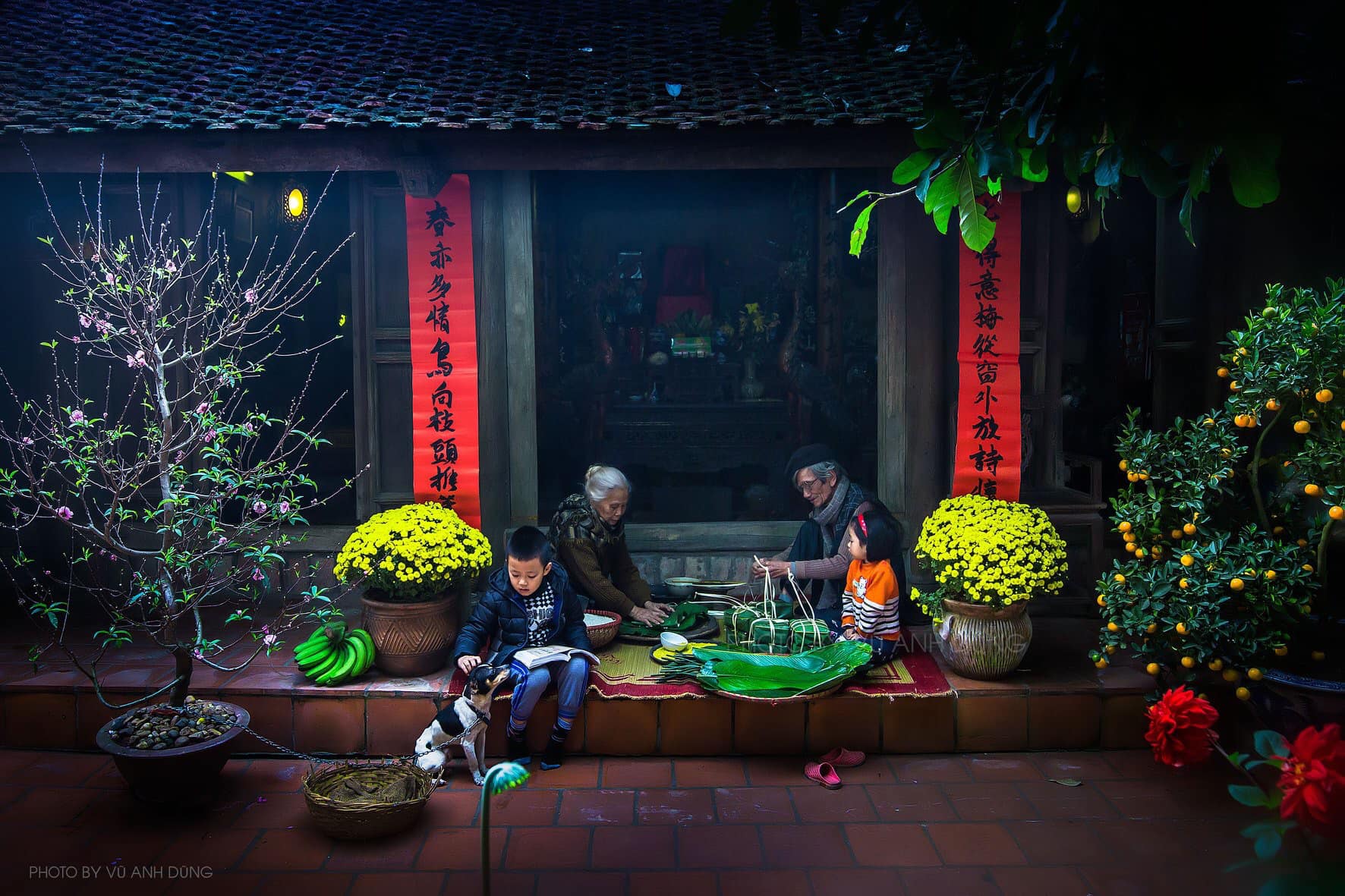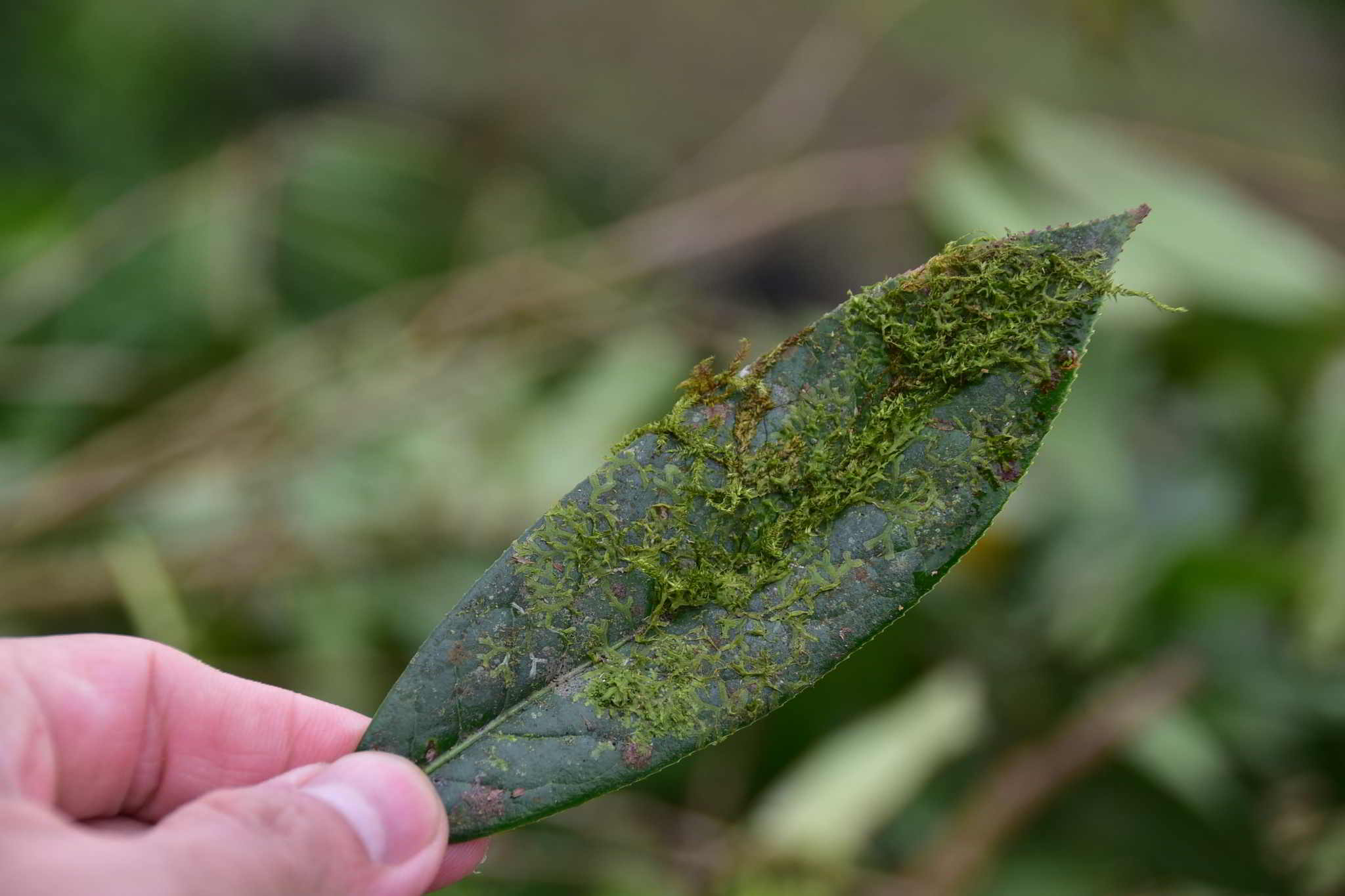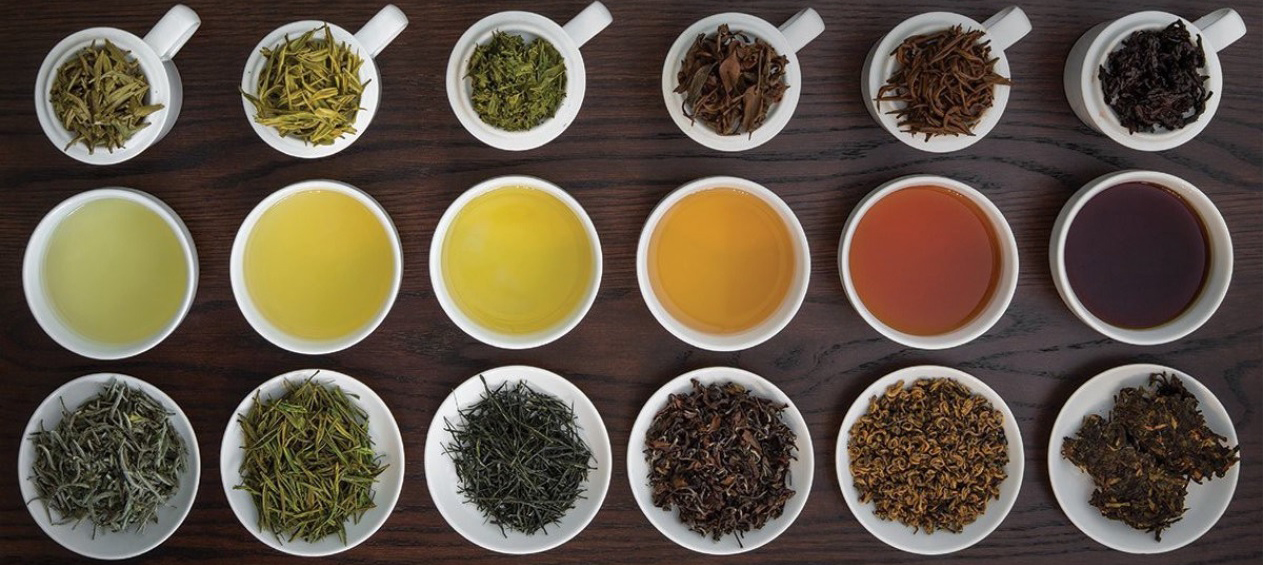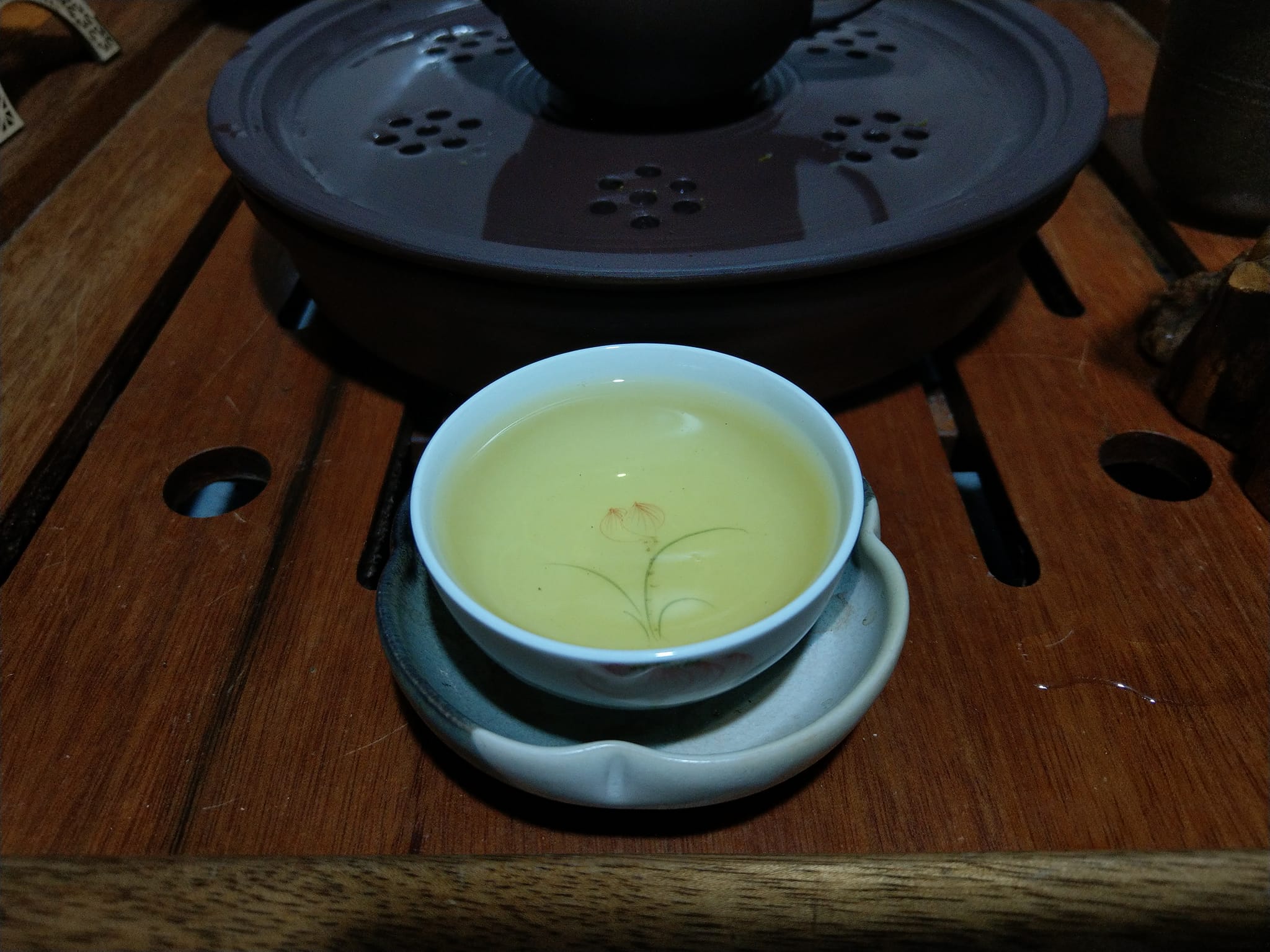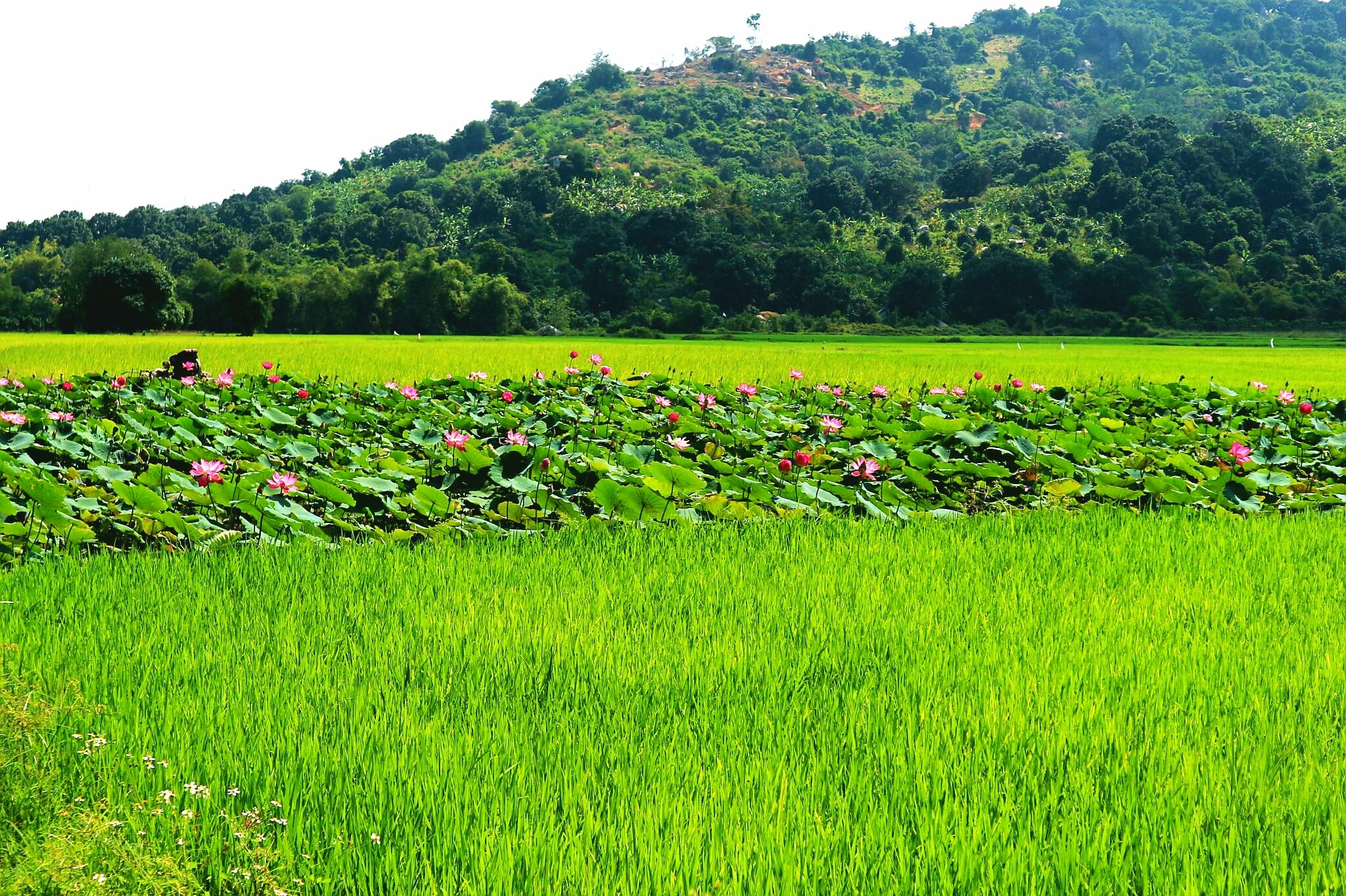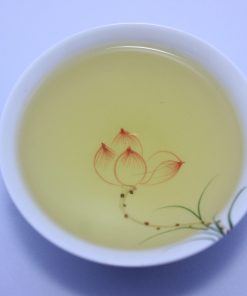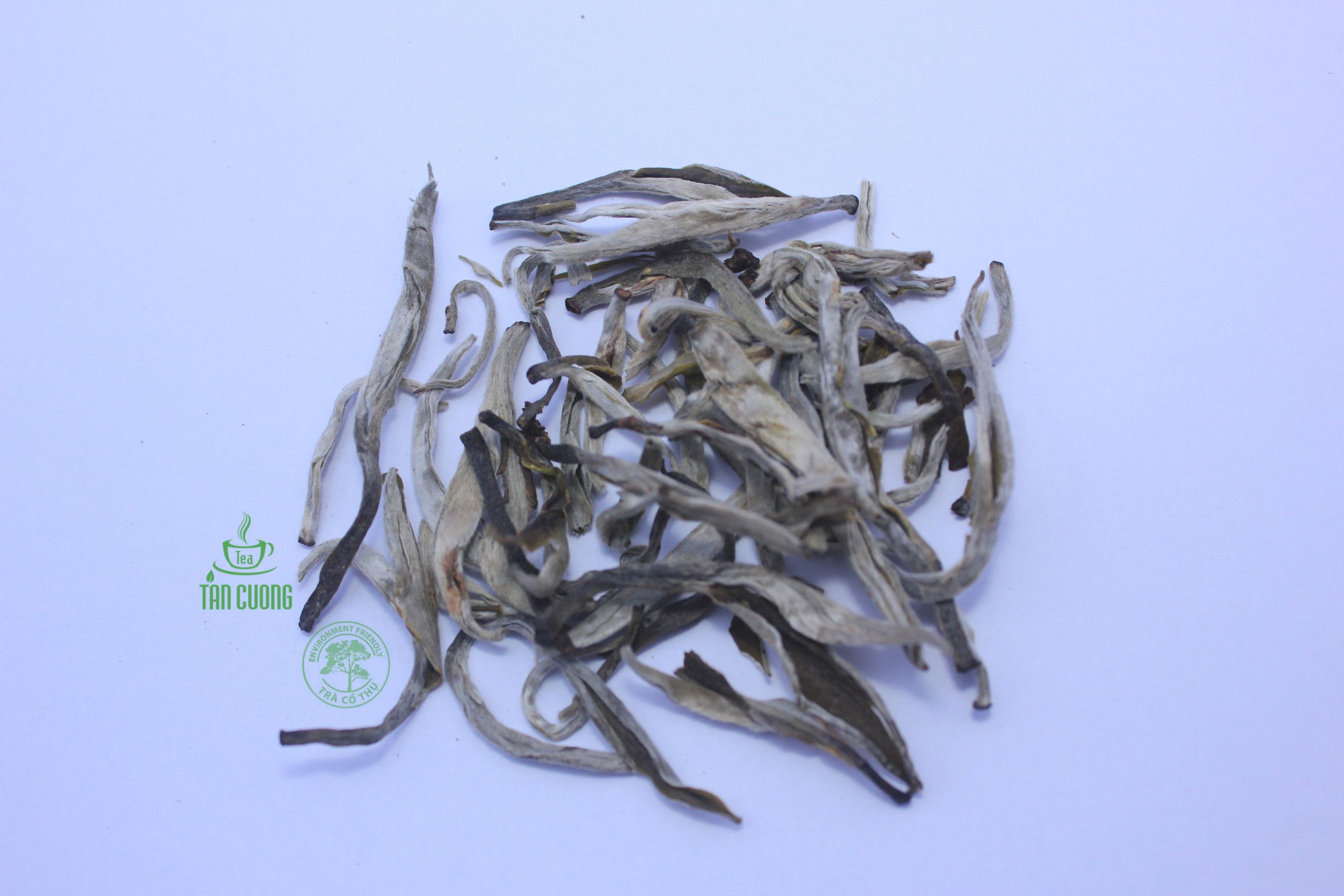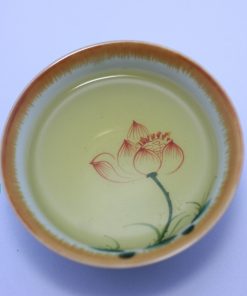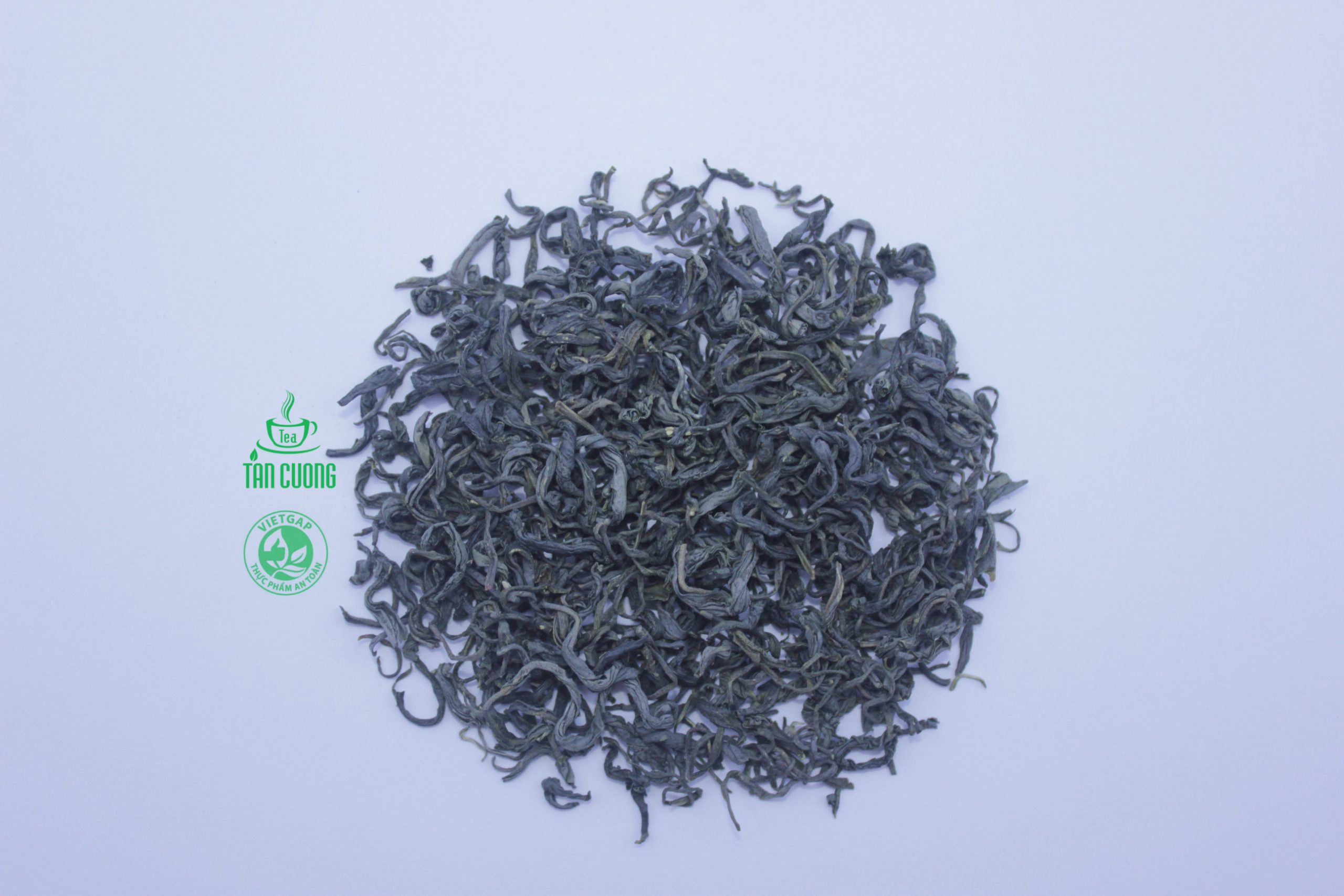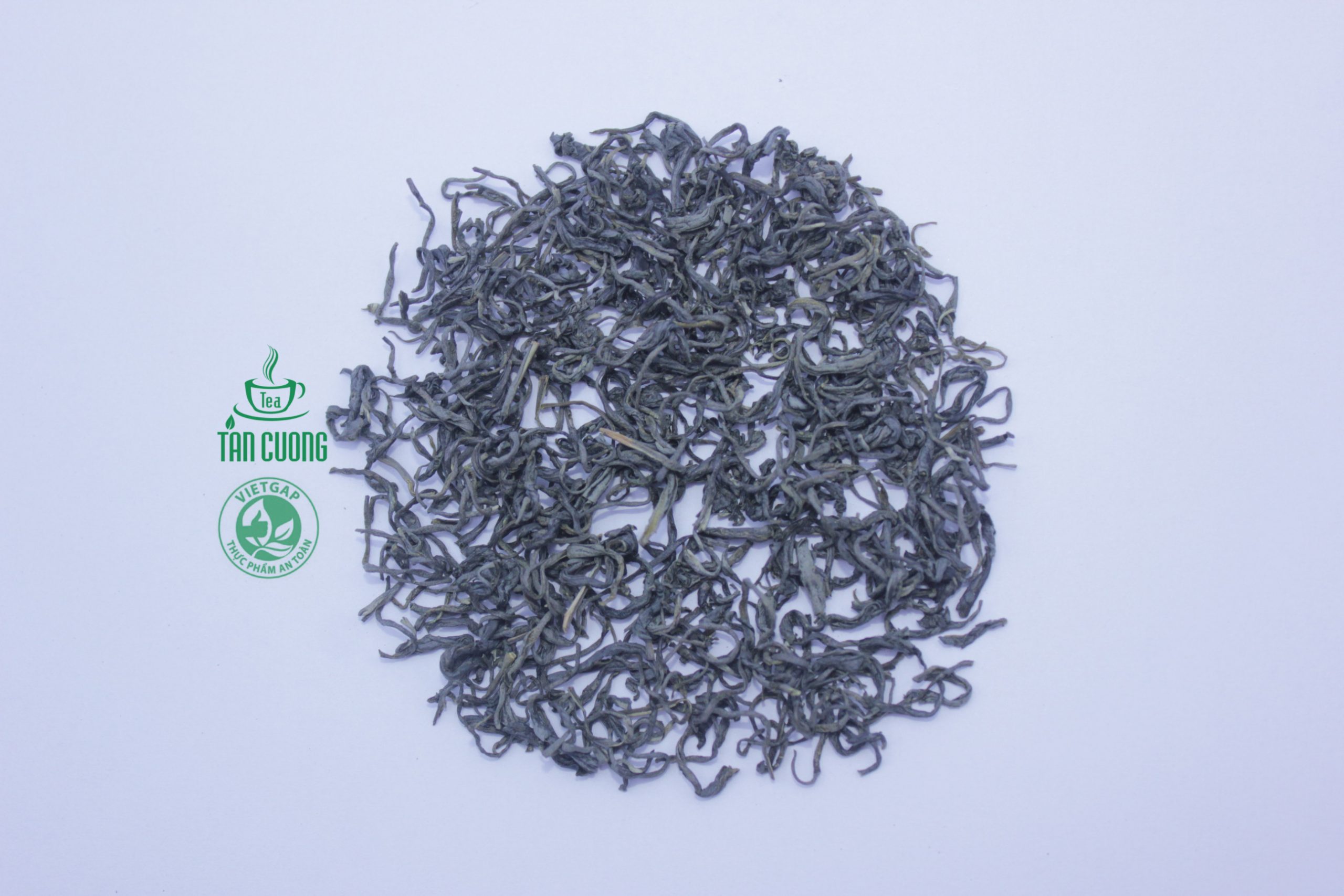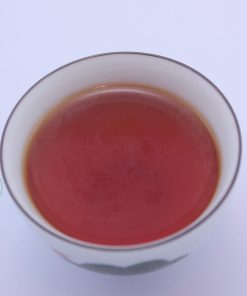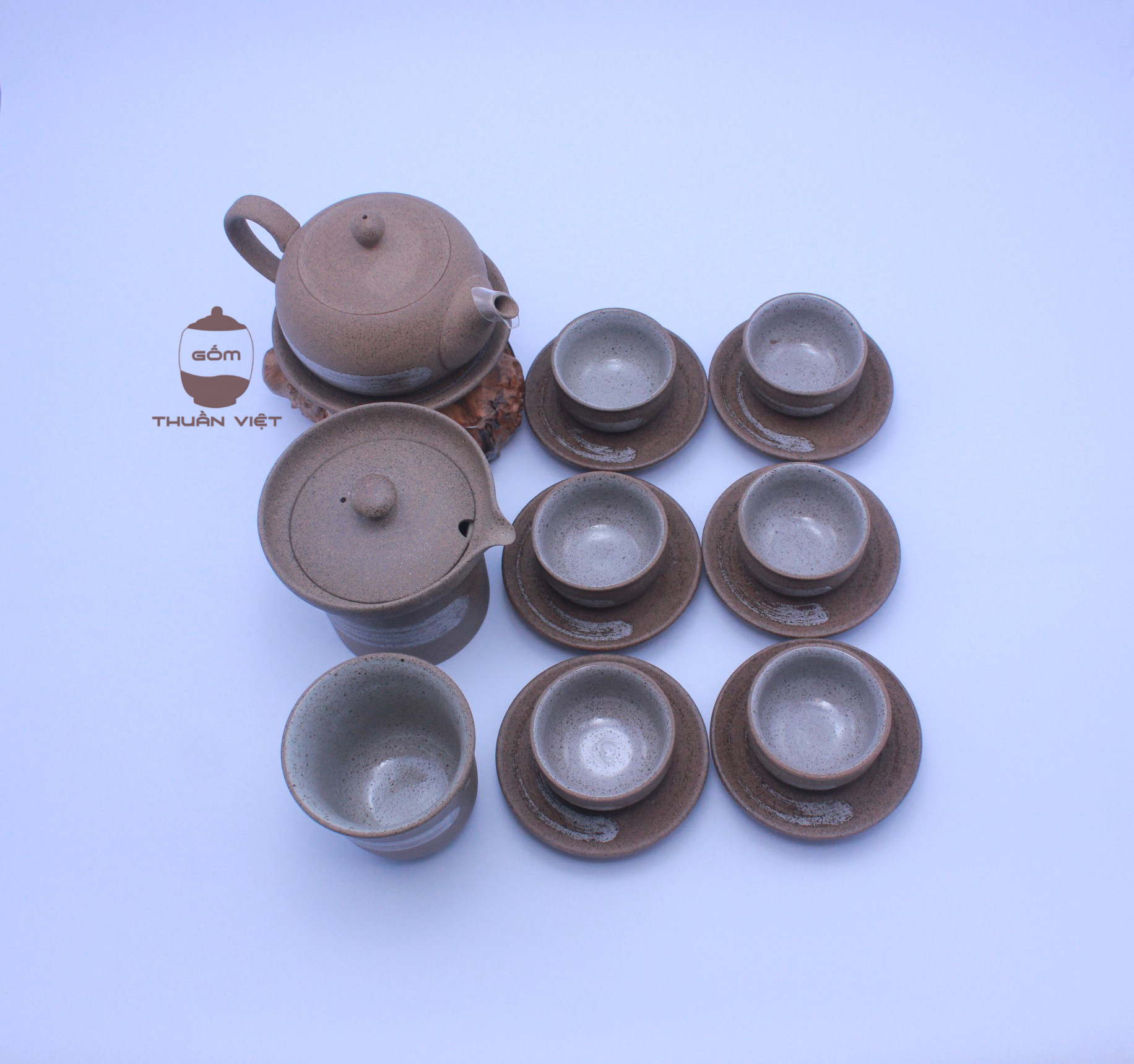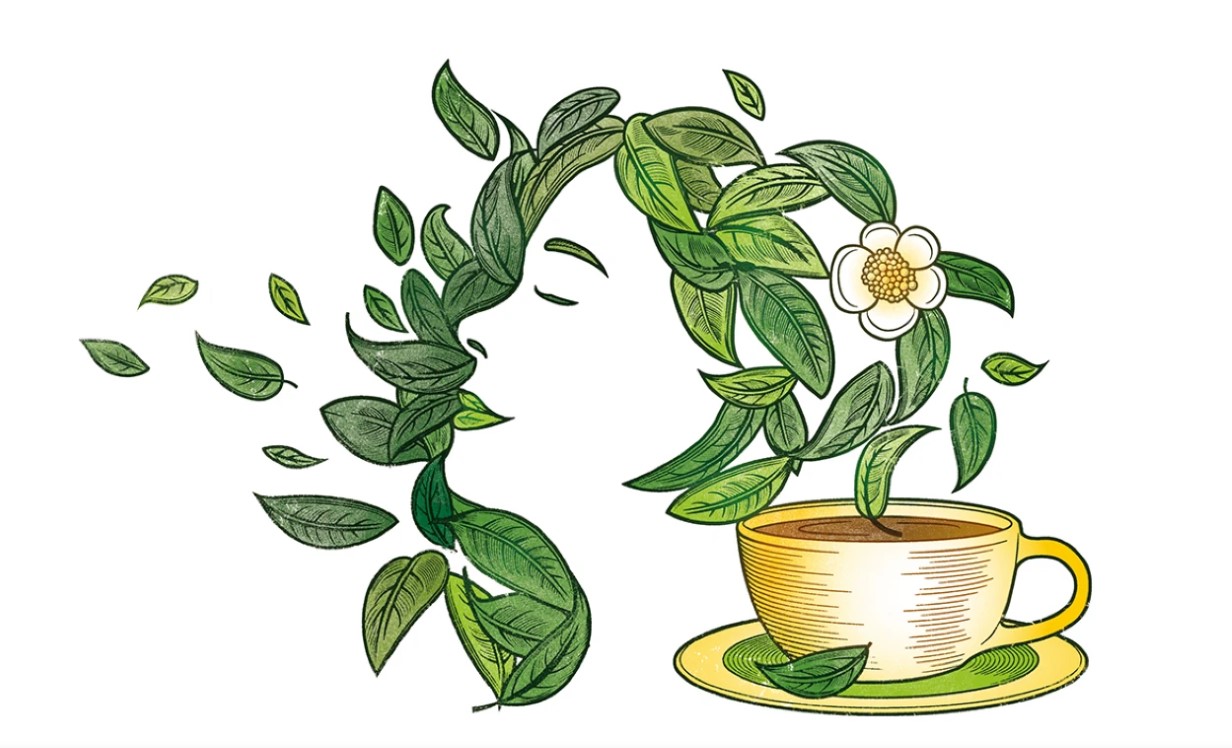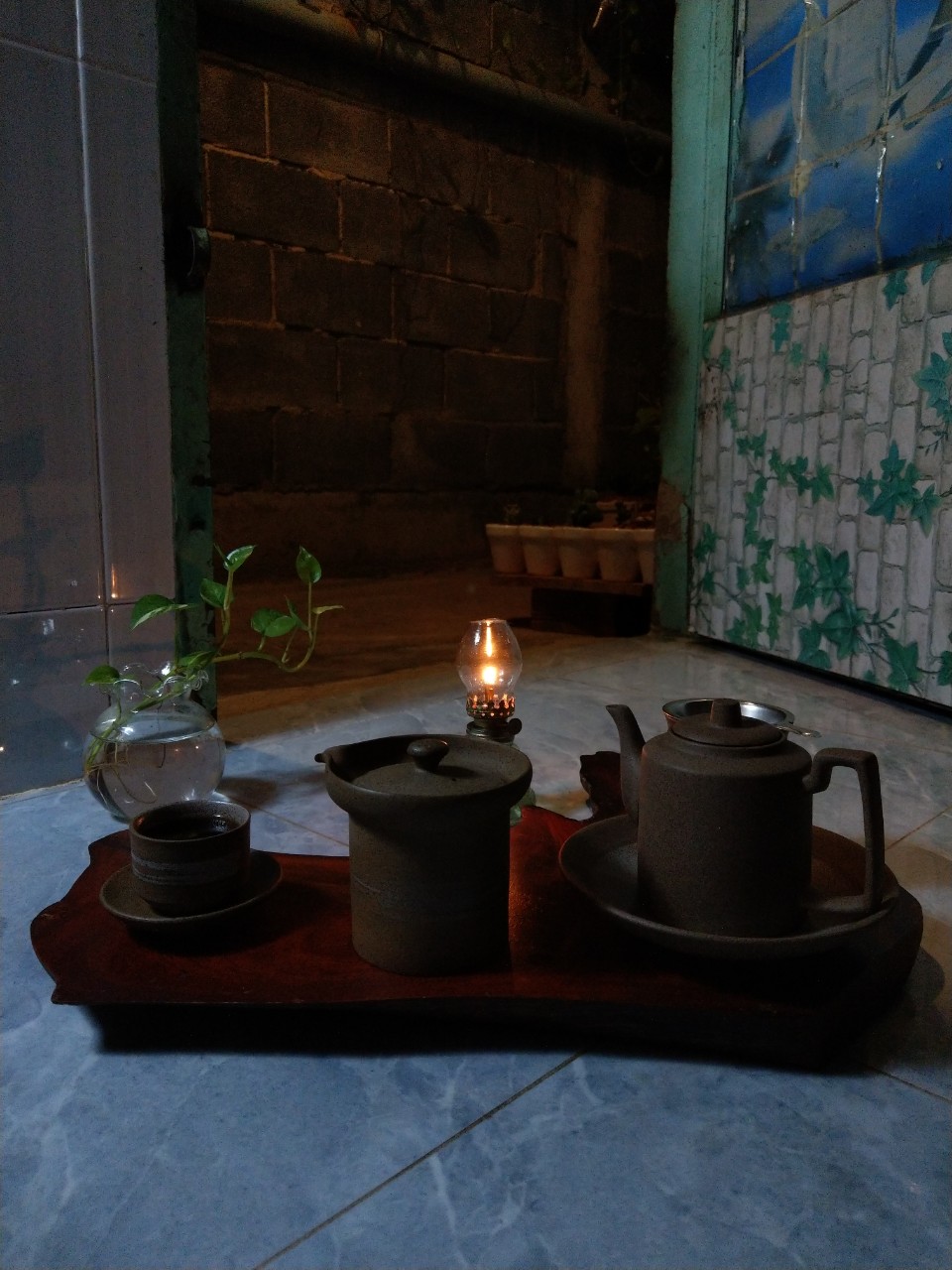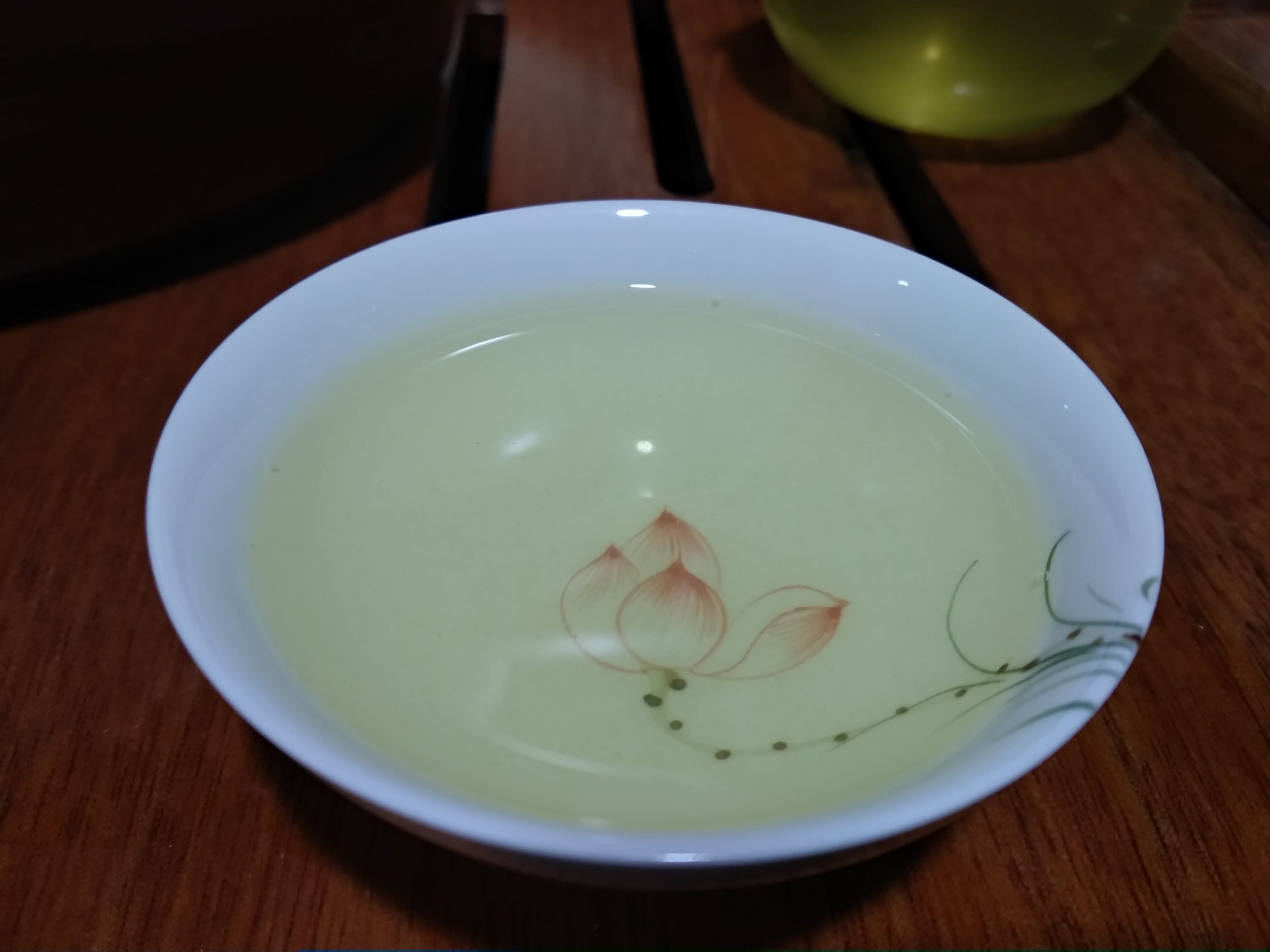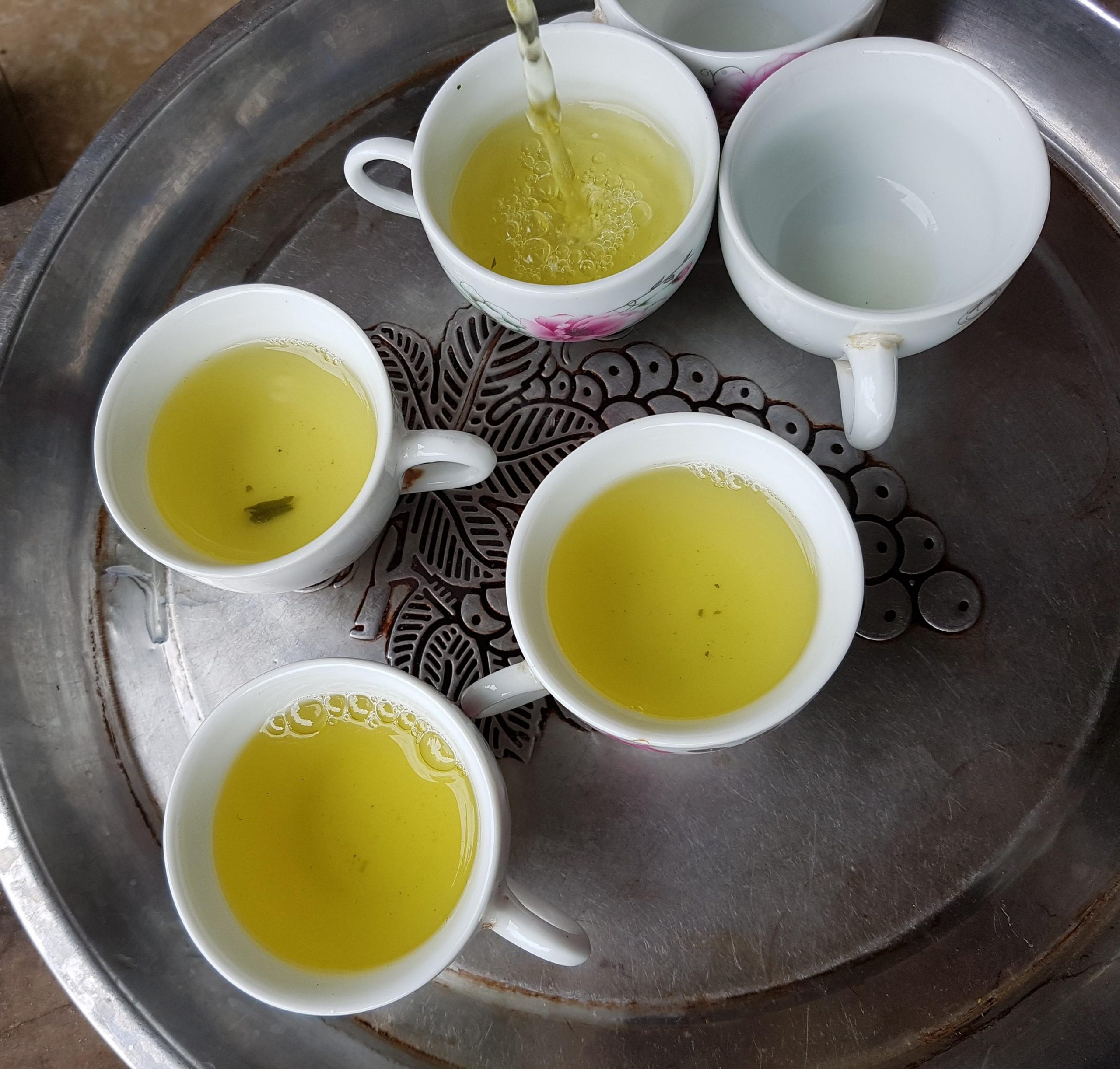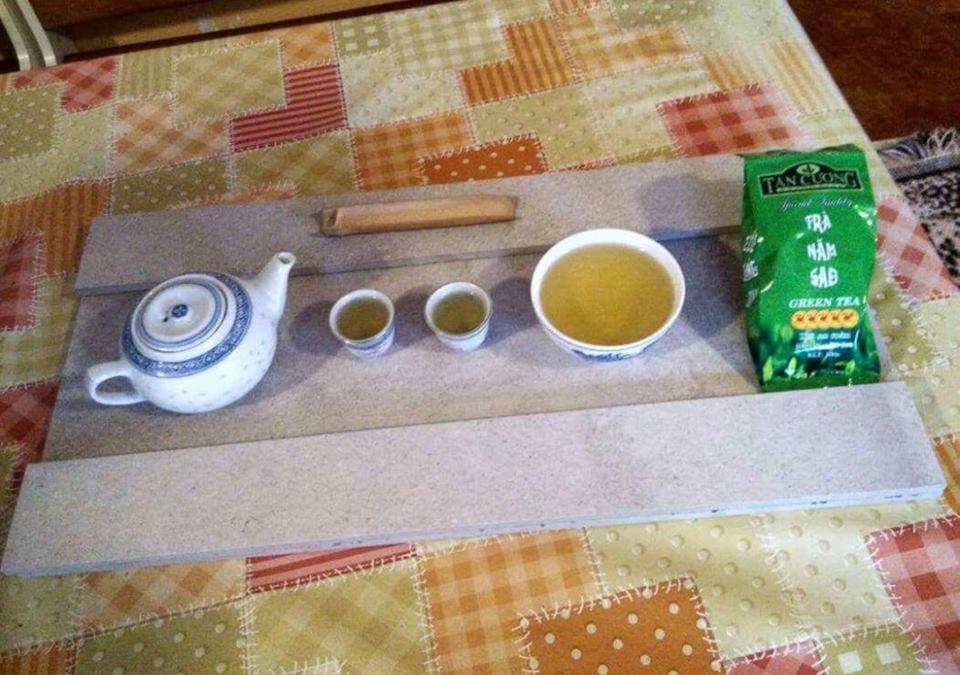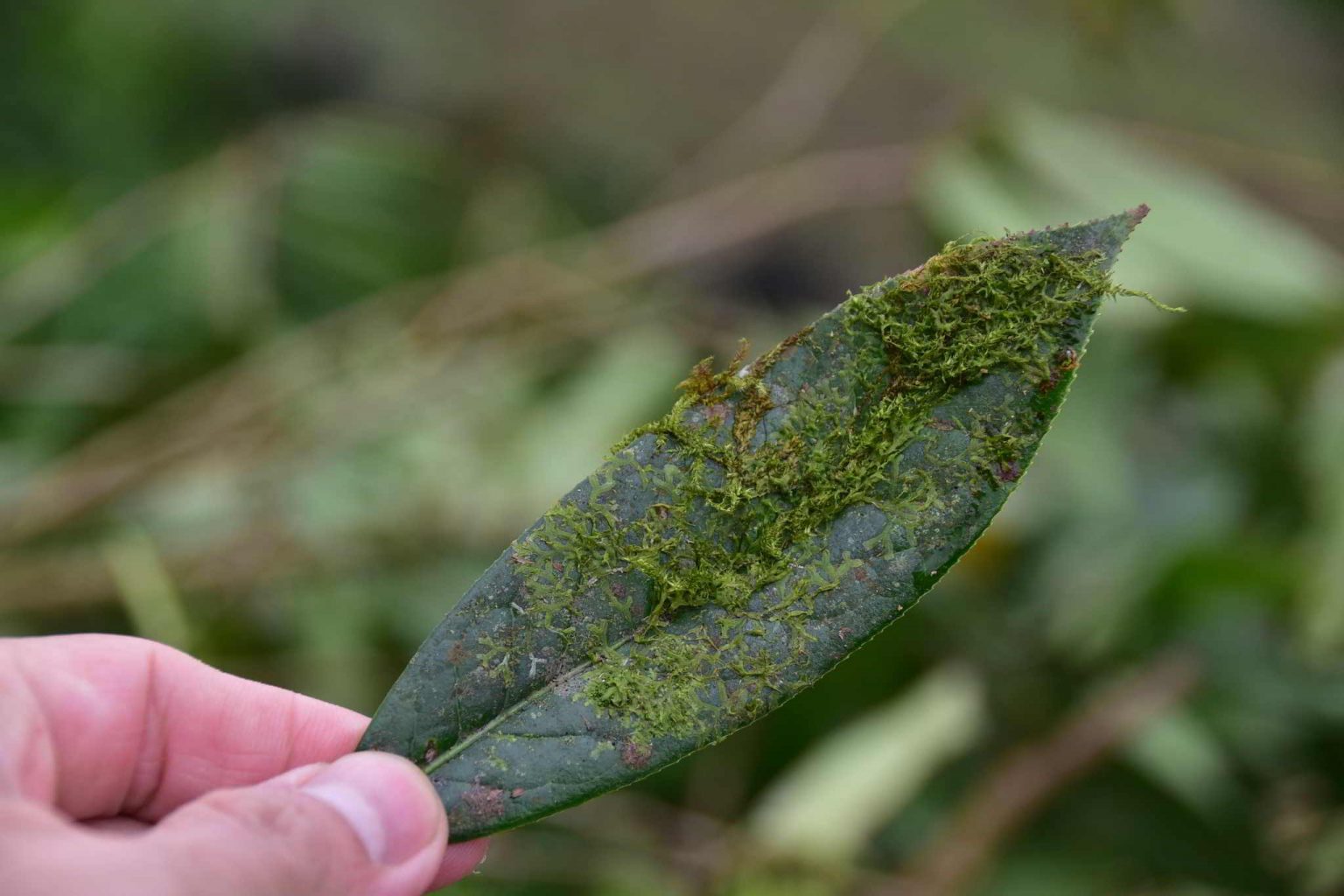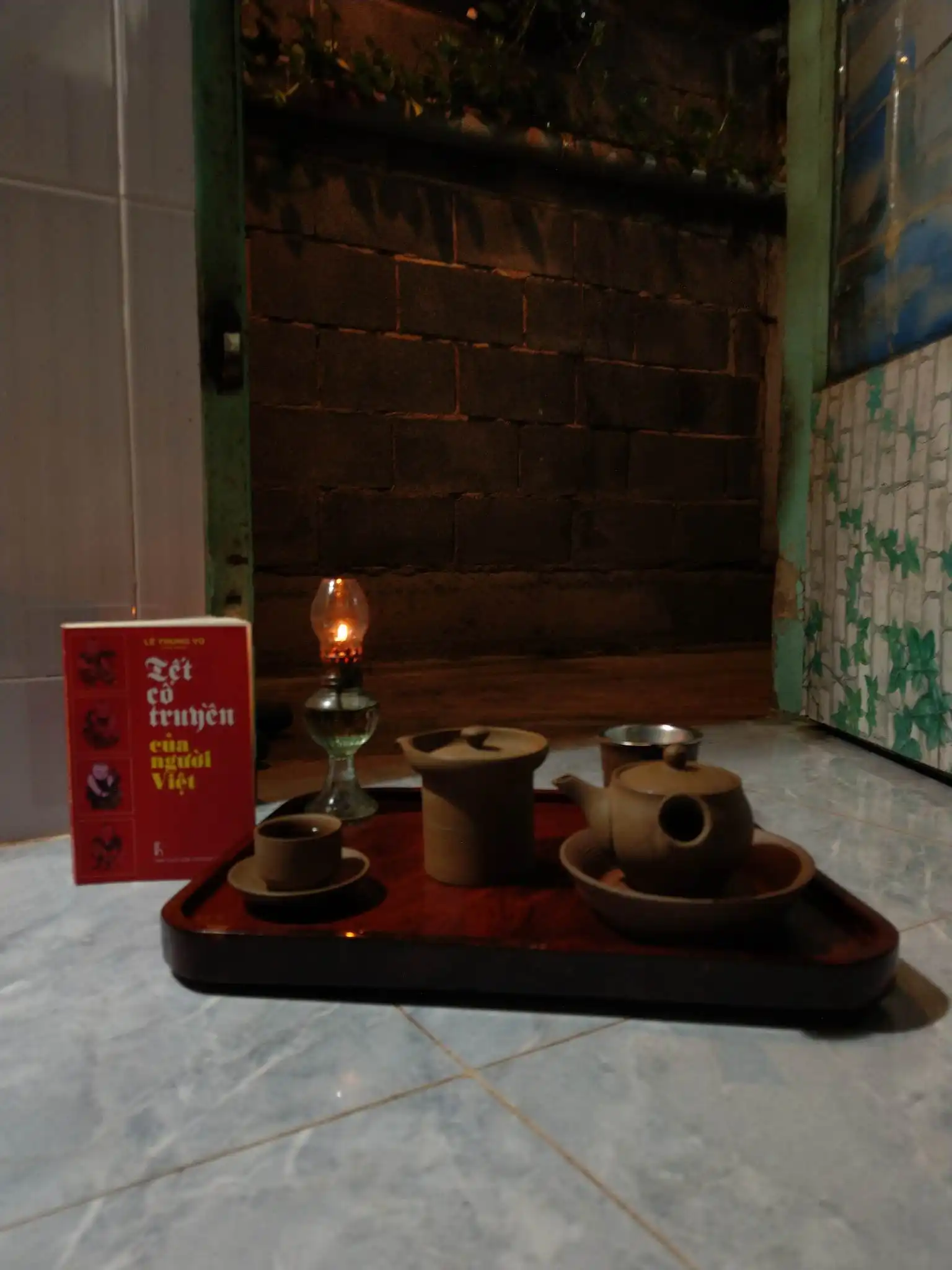Tại sao nên uống trà xanh?
Trà xanh có thể là một loại thuốc cực mạnh chống bệnh ung thư và mất trí nhớ. Các nhà khoa học thuộc đại học Newcastle (Anh) đã rất ngạc nhiên khi phát hiện những hợp chất trong trà xanh, một khi đi vào ruột, có tác dụng bảo vệ tế bào khỏi bị vật lạ tấn công. Cụ thể, trà xanh không chỉ chống lại độc tố cho phép bán trên trụ não vốn dẫn đến bệnh Alzheimer – mà còn giúp tế bào ung thư phân chia. “Điều thú vị ở cuộc nghiên cứu này là một khi trà xanh được các enzyme trong ruột tiêu hoa thì hóa chất được tạo ra từ quá trính này chống lại các tác nhân gây bệnh Alzheimer”, theo trang tin express.co.uk dẫn lời Ed Okella, một thành viên trong nhóm nghiên cứu.

Đặt hàng nhanh
Giao hàng toàn quốc


